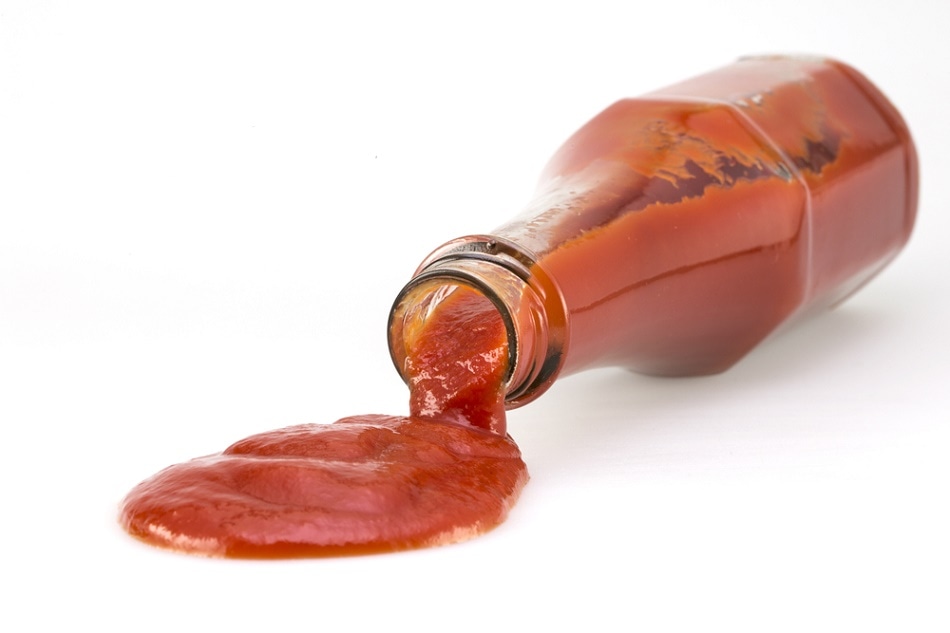Aug 4 2016
 Image Credit: adirekjob/Shutterstock.com
Image Credit: adirekjob/Shutterstock.com
When you reach the end of a ketchup bottle, there is always some that is left stuck to the sides. Researchers from Colorado State University lab have found a solution to this issue by developing a nonstick, nontoxic coating that allows every last drop to come loose.
The team was led by Arun Kota, assistant professor in the Department of Mechanical Engineering and the School of Biomedical Engineering.
They developed a “superhydrophobic” coating that effortlessly slicks away viscous liquids such as ketchup, syrup, and honey. This unique coating has been described in Applied Materials and Interfaces, published by the American Chemical Society. It also details synthesizing and testing coatings prepared from carnauba wax and beeswax, which are nontoxic and edible.
Nontoxic Coatings
Superhydrophobic coatings have been developed before, but those were generally fabricated using fluorocarbons. Although these materials are typically safe in minimal quantities, they are labeled as “emerging contaminants” as they potentially decompose into perfluorooctanoic acid, an identified human toxin, according to the research paper.
The Food and Drug Administration (FDA) regulates the use of coatings in food-related applications. Recently, the FDA banned three perfluorinated compounds (PFCs), which are used to grease-proof pizza boxes and other products.
Companies are very specific about toxicity levels in these products, which is why they don’t get into the market very easily.
Arun Kota, Assistant Professor, Colorado State University
Kota’s research lab has tested the limits of novel coatings with excellent properties such as superomniphobicity.
For this particular project, they embarked on creating a simple, nontoxic, highly liquid-repellant coating mainly for food packaging. However, it can be adapted in other areas as well.
Beeswax
Creating such a coating using beewax was suggested by one of Kota’s students. Its chemical properties are like that of non-sticky fluorocarbons, but even at very high quantities, they are safe to consume. The team dissolved the wax, and developed a method to spray the coating onto a surface.
The Colorado team’s coating allows several aqueous liquids to bounce and slide away. They tested several substances, including Gatorade, Lipton green tea, milk, pancake syrup, orange juice, Coca-Cola, and coffee. They used basic polystyrene cups for their demonstrations.
Going forward, the focus will be on enhancing the mechanical durability of the coatings, which at the moment cannot endure abrasive and harsh environments according to the research paper.